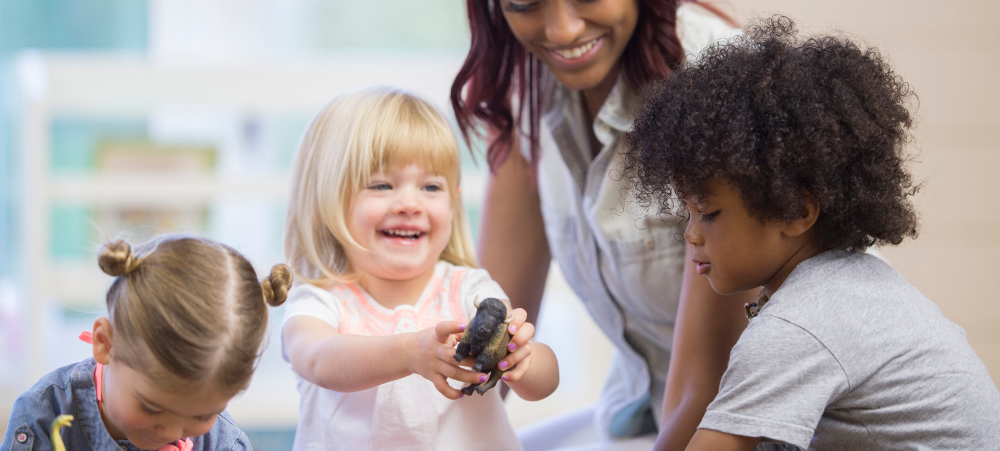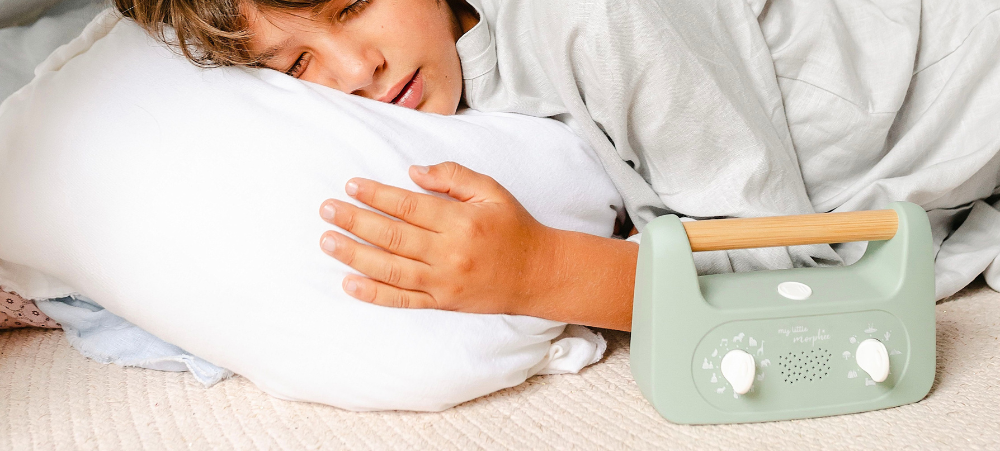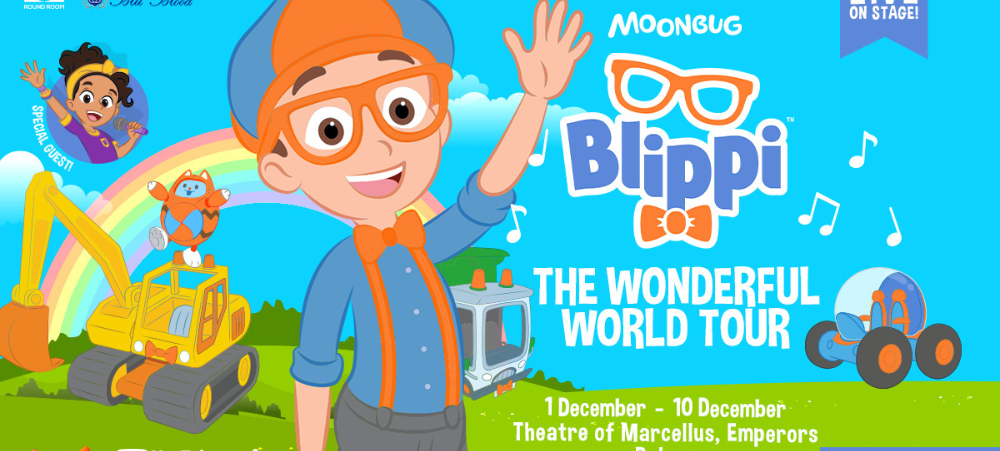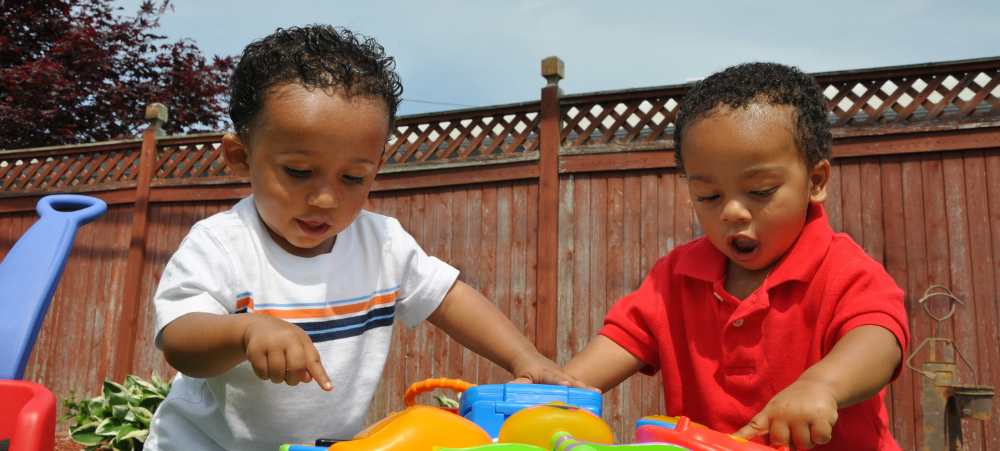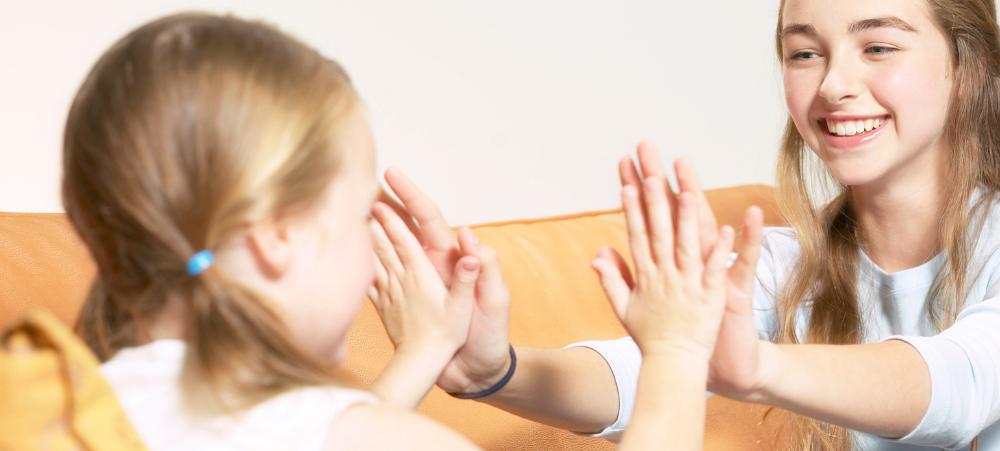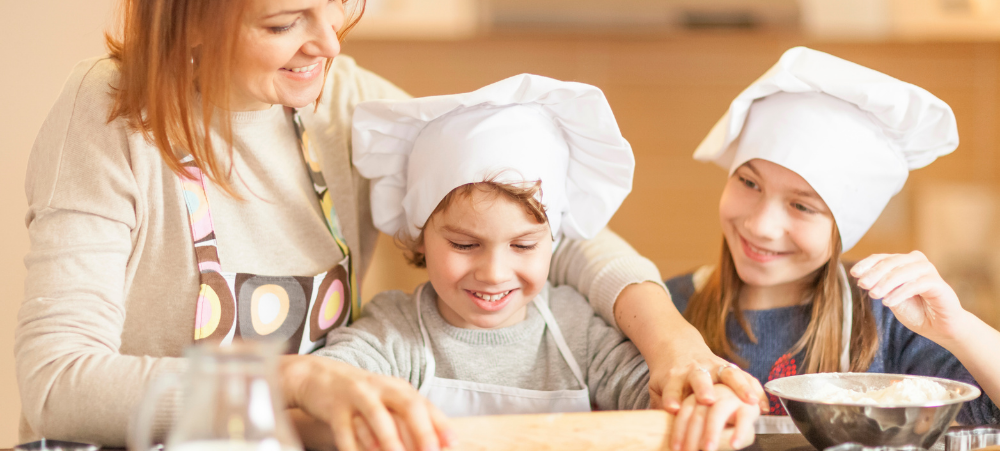Parents of today’s adolescents grew up in a world where pornography was something you had to get your hands on, which was difficult to do while you were underage. There wasn’t much of it around to start with, and then there was a host of regulations and restrictions that limited the range and possibility for adolescents to be exposed to adults-only content. While you might have managed to find the odd magazine under your big brother’s mattress, there wasn’t much chance of becoming a regular consumer of all sorts of porn. Contrast this with a recent episode of the Sip the Tea podcast, where a teen girl recounts her story of being, in her words ‘addicted to porn’. She tells Rachelle Best, founder of FYI play it safe, that she engaged with pornographic content from the age of 9 years and went on to compulsively consume it for years. The girl, now 17, articulates the impact that this has had on her self-esteem and body image. Instead of a carefree youth, she describes one wracked with guilt and shame. Curiosity about the adult world and, about the secrets that adults keep, is of course, perfectly normal, healthy child behaviour. It tests the boundaries that parents put in place when it comes to the aspects of human life that we worry that children may find disturbing, frightening or shocking. As adults, not just parents, we have a universally recognised duty to protect children when it comes to violence, cruelty, war – and sex. This duty is a legal requirement in the case of human sexual behaviour because in South Africa, as in many countries in the world, it is illegal for any adult to be involved in exposing a child to pornography. The digital era has fundamentally redefined childhood, and when we put a tablet, or a gaming console, a phone or laptop into our child’s hands, something parents do when their children are at younger and younger ages, we give them the keys to a limitless, unregulated world. The proliferation of violent and sexual content across the digital world is unfathomable. It’s no exaggeration to say that ’porn is everywhere’. There’s just so much accessible, pornographic content that it is now impossible to believe, that purposefully or inadvertently, your child won’t be exposed to it. This reality is demanding new approaches to sex education, new openness in parent-child communications and new strategies for parenting digital natives. UNICEF, the United Nations International Children’s Emergency Fund, has asserted that “pornographic content can harm children”. The organisation has expressed its alarm at the “massive quantity” of pornography available and its easy accessibility to children of all ages. It suggests that: “Exposure to pornography at a young age may lead to poor mental health, sexism and objectification, sexual violence, and other negative outcomes. Among other risks, when children view pornography that portrays abusive and misogynistic acts, they may come to view such behaviour as normal and acceptable.” Counselling Psychologist, Elliott Kotze who works extensively with adolescents presents another view. He says, “Currently, peer-reviewed evidence on the effects of exposure to porn in childhood is scarce. There is also an argument that porn is not addictive which suggests that compulsive porn consumption is not about the media, but about underlying issues. For instance, sexual shame is often inherent when it comes to compulsive porn consumption. Another potential cause for compulsive porn consumption, with or without masturbation, is a need for self-soothing or emotional or sensory regulation. This can become problematic when it becomes the person’s only way to self-regulate.” Elliott is clear though that unintentional exposure to pornography in childhood can be traumatic. He says, “For a child who inadvertently clicks on a link or is shown porn onscreen by a friend in the playground, there is a trauma response risk. If they are not ready or equipped, and don’t understand what’s going on, what they see is likely to be shocking and disturbing to them, and they would need capacity from their parents or a professional to process this.” For adolescents that develop a compulsive use of pornography, Elliott says, “Typically, it is distress that drives compulsive behaviours, and to treat this there needs to be an understanding of that distress. Adolescents face many challenges – mental health challenges such as anxiety and depression, relationship challenges or sexual or arousal challenges. All of these can lead to a compulsive use of pornographic content. Simply taking away the child’s ability to access porn without addressing the underlying issues that are driving the behaviour will inevitably lead to a range of sexual and relationship challenges further down the line.” Elliott offers the following advice to today’s parents: Provide matter-of-fact, accurate sex education that is free of shame – “It’s important to talk about bodies using the biological, shame-free terminology for all body parts. Discuss the role of sex in reproduction and the role of sex in bonding and healthy pleasure. Focus on the care of our bodies and our mental health. Talk about consent and what that looks like, how to give it and how to respect it. Give your children a vision and blueprint for healthy relationships.” Be committed to non-judgement and be solutions-oriented – Be the wise guide your kids can come to when they need to talk about their distress. Elliott says, “Parents can help their children deal with compulsive behaviours and tackle the underlying causes. They can help them develop healthier ways for self-soothing and self-regulating without adding to the shame and guilt the child probably already feels in relation to their behaviour.” Adequately prepare your child – “Open communication is essential to helping your child navigate adolescence,” Elliott says, “Puberty comes along, and bodies develop. It’s a time full of body hair, smells, spontaneous arousal and breast buds. All these changes can be disconcerting and distressing for children who have not been adequately prepared for it. The science has shown that children who are underprepared for puberty, or who have






